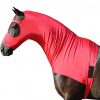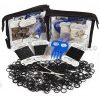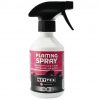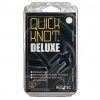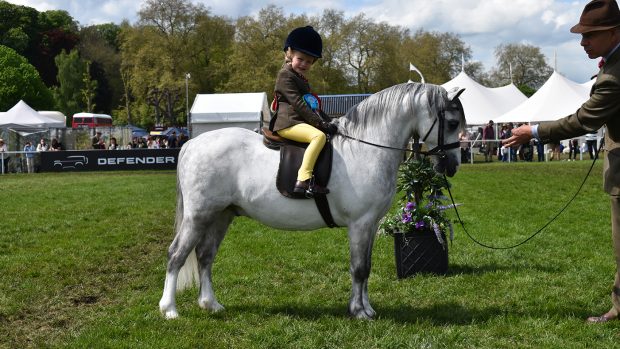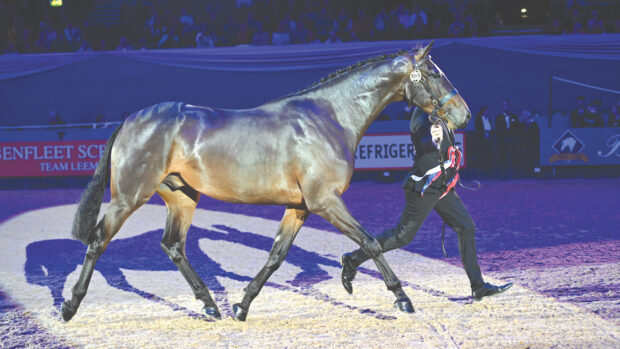Perfect plaits are an essential part of turning your horse out smartly for competition. Taming a mane more akin to a bog brush can cause show morning stress, though, so here’s H&H’s top six horse plaiting tips to create plaits to be proud of.
Horse plaiting tips from the experts
1. Preparation is key — while your horse’s mane needs to be clean for the show ring, avoid using conditioning products before plaiting, as this makes the mane slippery. NAF Tea Tree Oil Shampoo is a favourite for Yorkshire-based Jill Thorp for her in-hand and lead rein ponies. “It gets rid of any scurf and cleans the mane without making it unmanageable.”
It also pays to use one of the best hoods for horses overnight before plaiting, to lay the mane flat and smooth.
2. Have everything to hand, including a safe, sturdy step for bigger horses. There are various pouches and aprons designed to hold plaiting kit; showjumper and coach Faye Raw swears by her Supreme Products apron. “It’s big enough to hold not just thread and bands, but also plaiting spray, brushes and even a damp sponge.”
3. Unless you’re blessed with a horse with a silky, biddable mane, chances are you’ll need a plaiting spray or gel to avoid stray hairs and keep plaits tight and tidy. Claire Harris competes her part-bred Connemara in a range of disciplines and struggles with his coarse mane. “I’ve found Lynn Russell Quick Plait [now called Nettex Plaiting Spray] is just the right consistency, making the mane grippy without being sticky. Having said that, I’ve used extra strength hair gel from the supermarket before in an emergency and that worked great!”
Budget buy recommendations for plaiting products include setting lotion from the local chemist, straightening balm for flyaway hair and even beaten egg whites, although it’s important to make sure you wash them out thoroughly afterwards.
4. Sectioning the mane correctly gives even plaits, so a good mane comb is a must. Top Zop’s Ultimate Plaiting Comb combines a comb which measures out each section, plus a clip to hold the next section of mane out of the way. It even has a rubber band holder so you don’t have to fumble for a band at the critical moment.
5. Getting a tight, neat plait done is one thing, but keeping it in is another. Faye Raw now uses flat silicone bands instead of the more traditional rubber bands. “They don’t break the way rubber bands can and I find them really easy to put in.”
Others prefer to sew their plaits in, which usually results in a more secure, neater plait. For those wanting ease and security, the Quick Knot system uses a small metal prong to secure the plait, once it has been held at the bottom with a band or thread. One arm of the prong is bent at 45 degrees after being pushed through the rolled plait to hold it in place, and bent back again to remove. The manufacturers say they can be re-used, although they are ‘stronger and easier to apply’ when used new.
Silicone Plaiting Bands at amazon.co.uk
These plaiting bands are available in white, black or brown, as well as pink and blue.
6. When taking plaits out, it’s advisable to use a thread picker rather than scissors to reduce the risk of accidentally cutting the mane. If you’re doing it in a dimly-lit stable, a headband with torch is a must-have piece of kit for accuracy.
You might also be interested in:

6 plaiting products to help you create the perfect look

Katie Jerram-Hunnable’s 11 steps to create your horse’s best ever plaits

Subscribe to Horse & Hound magazine today – and enjoy unlimited website access all year round
Horse & Hound magazine, out every Thursday, is packed with all the latest news and reports, as well as interviews, specials, nostalgia, vet and training advice. Find how you can enjoy the magazine delivered to your door every week, plus options to upgrade to access our H&H Plus online service which brings you breaking news as it happens as well as other benefits.


